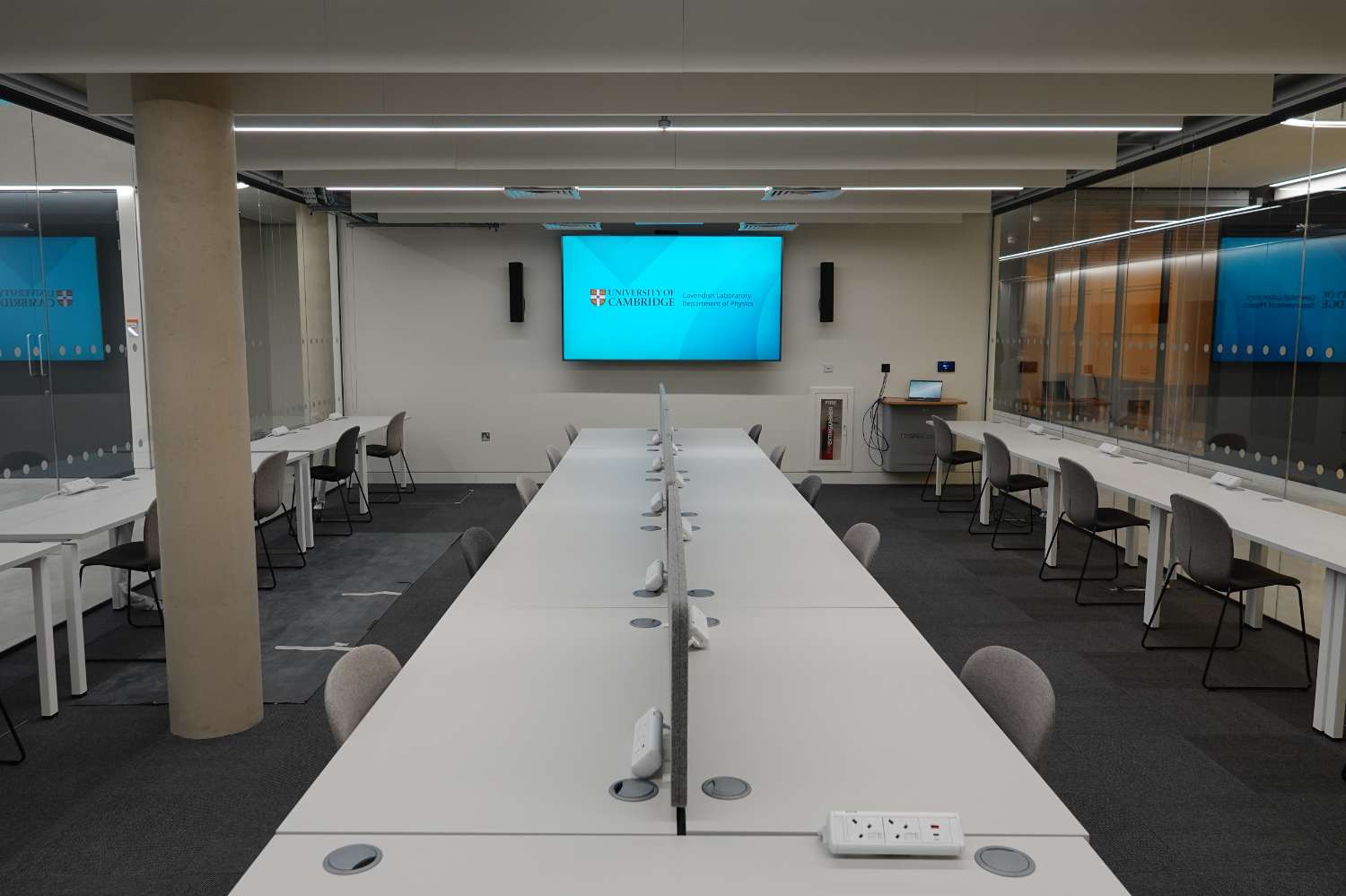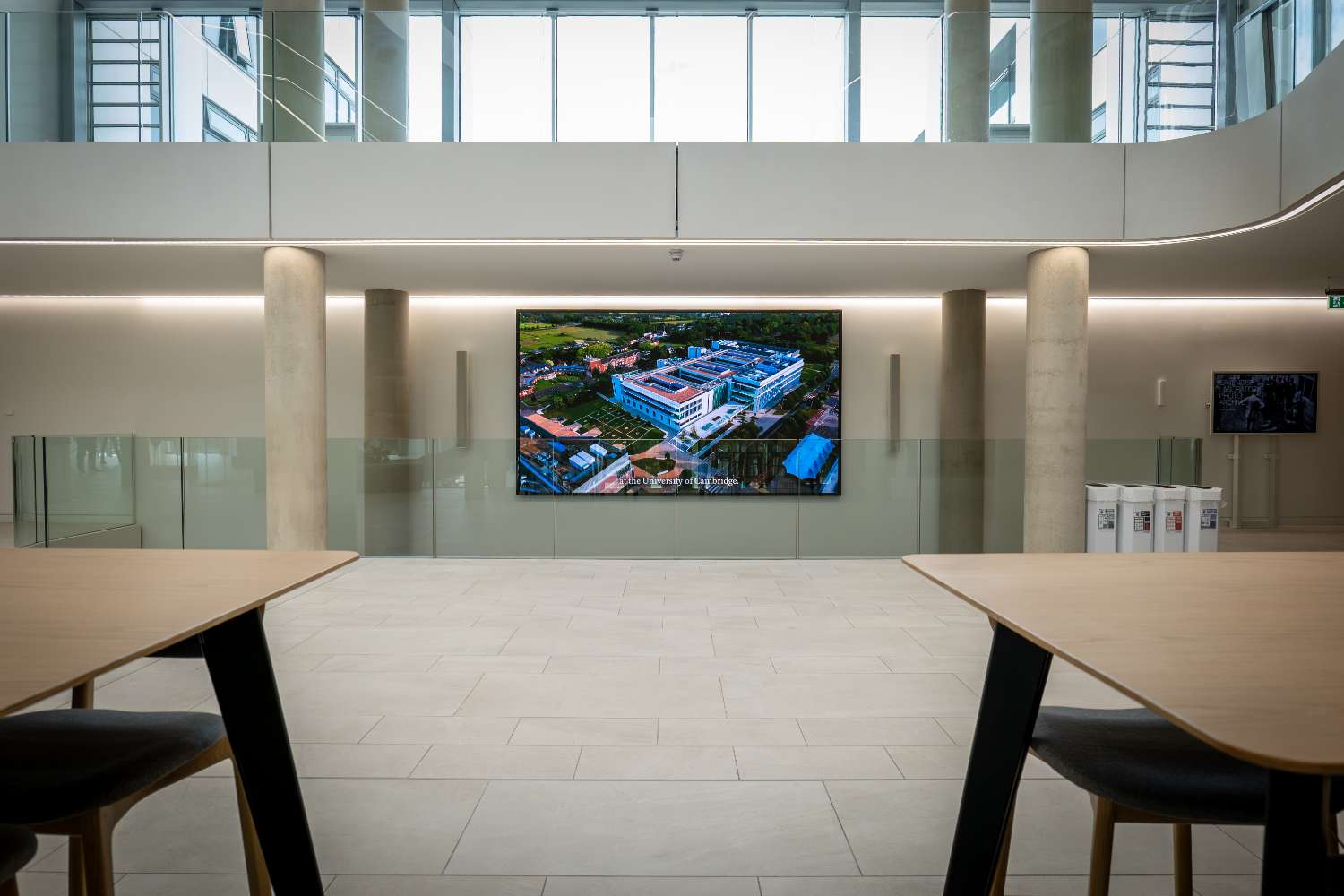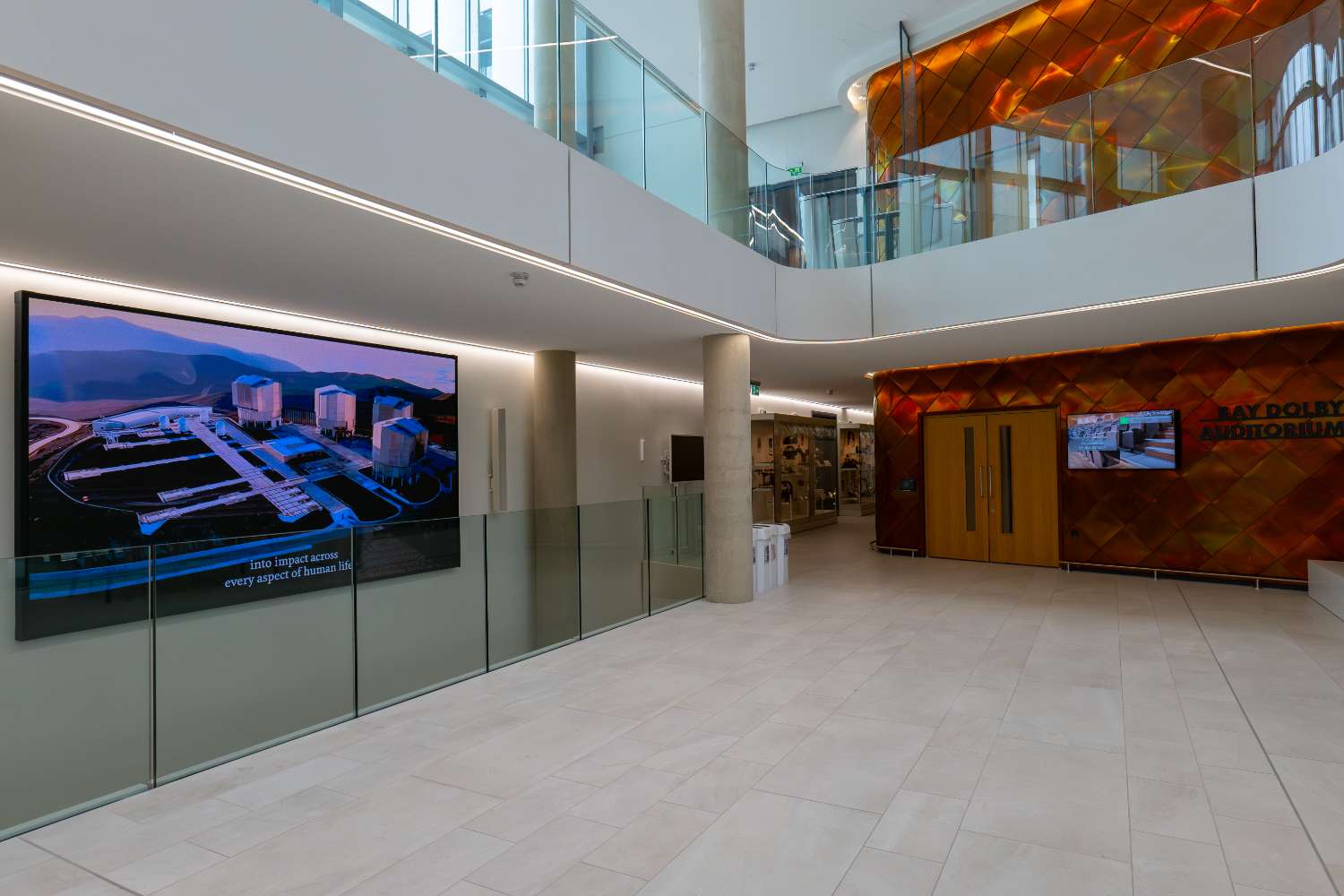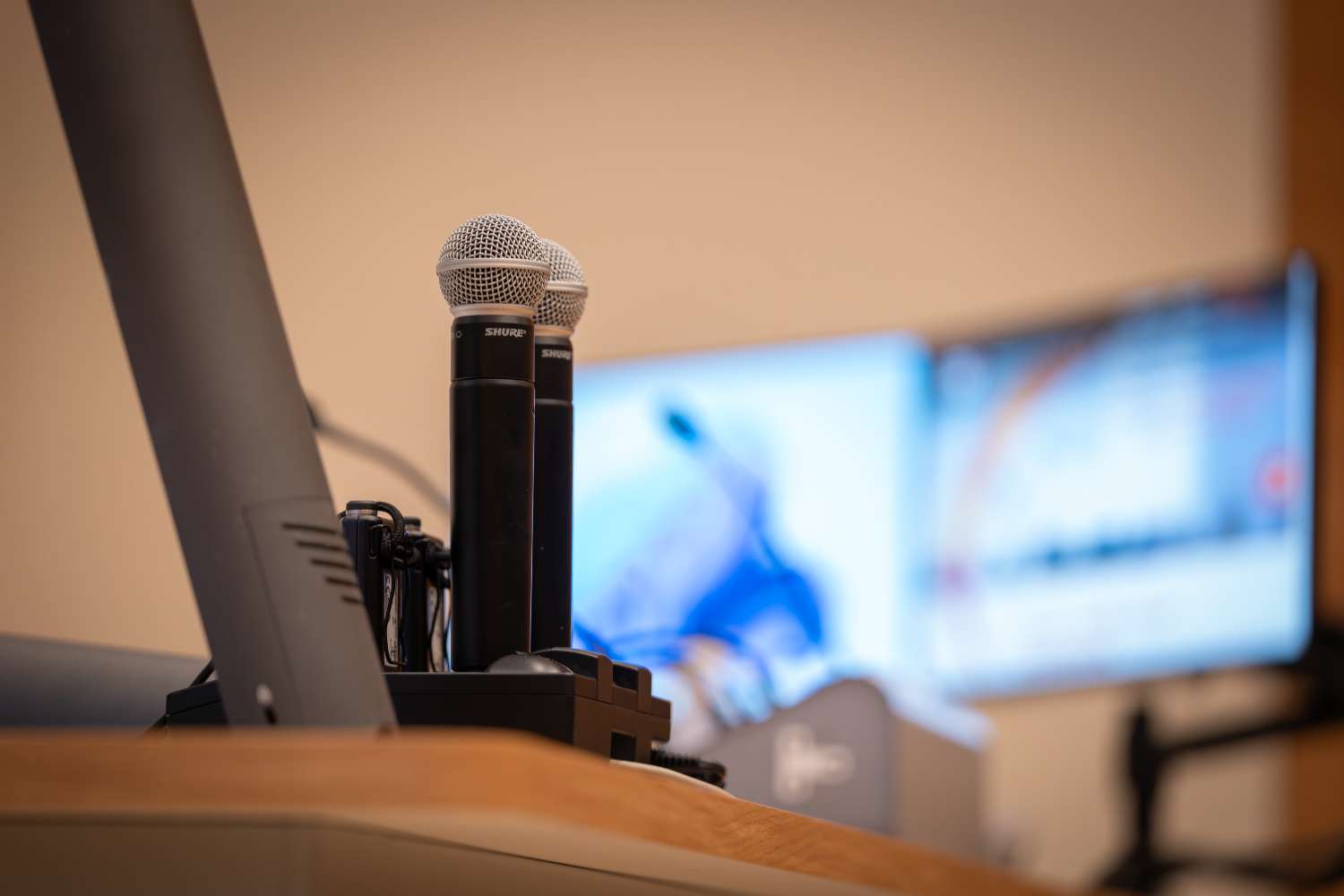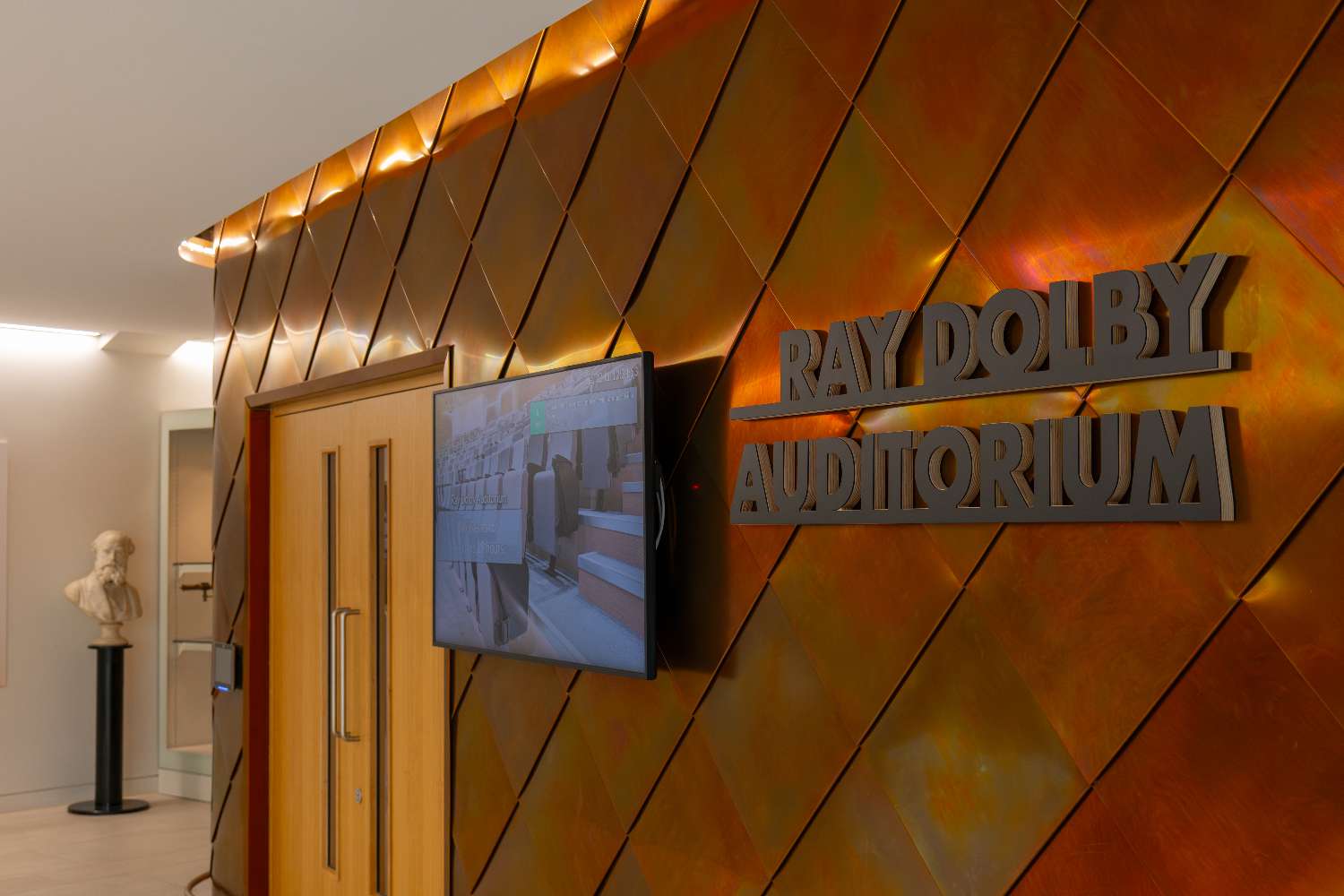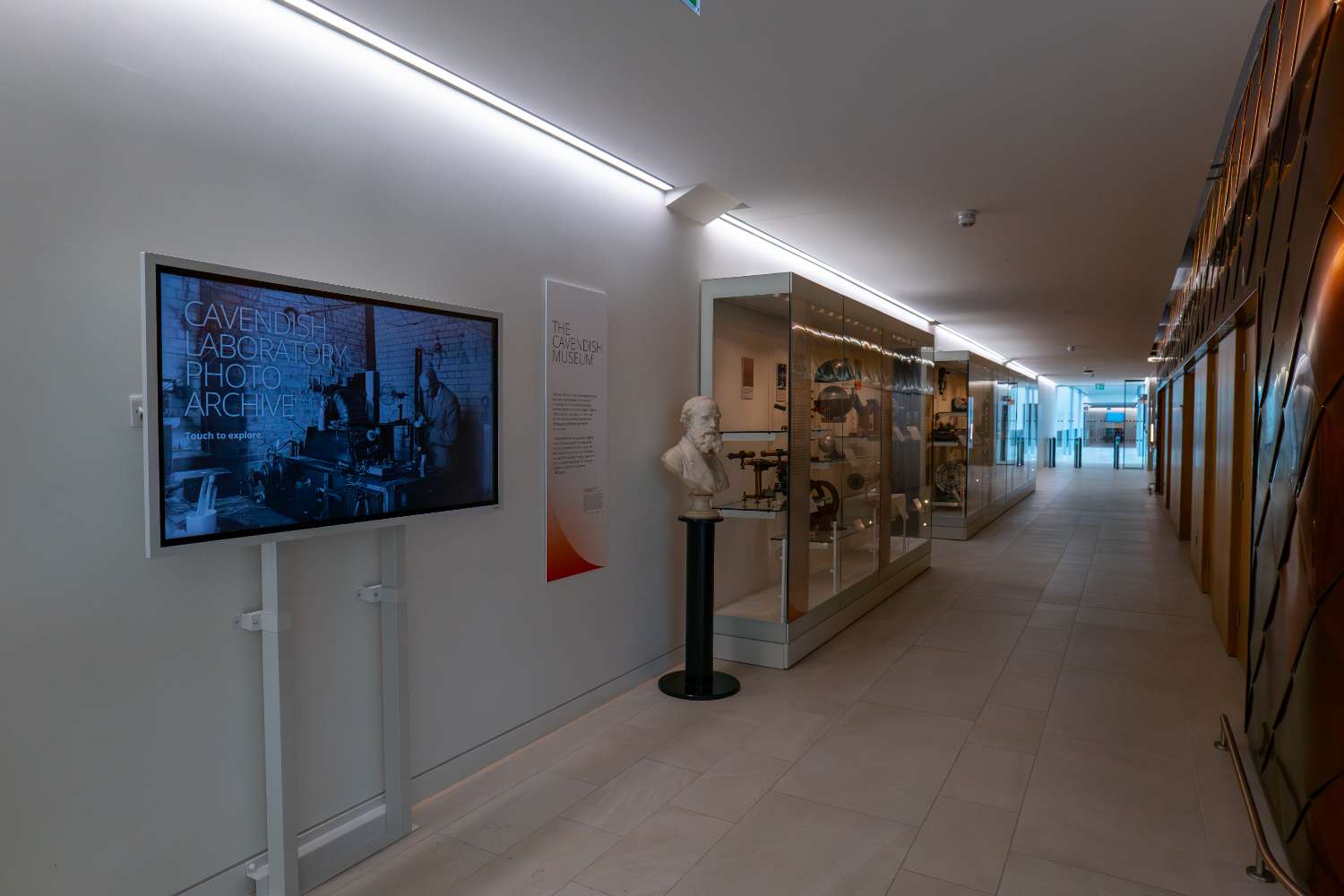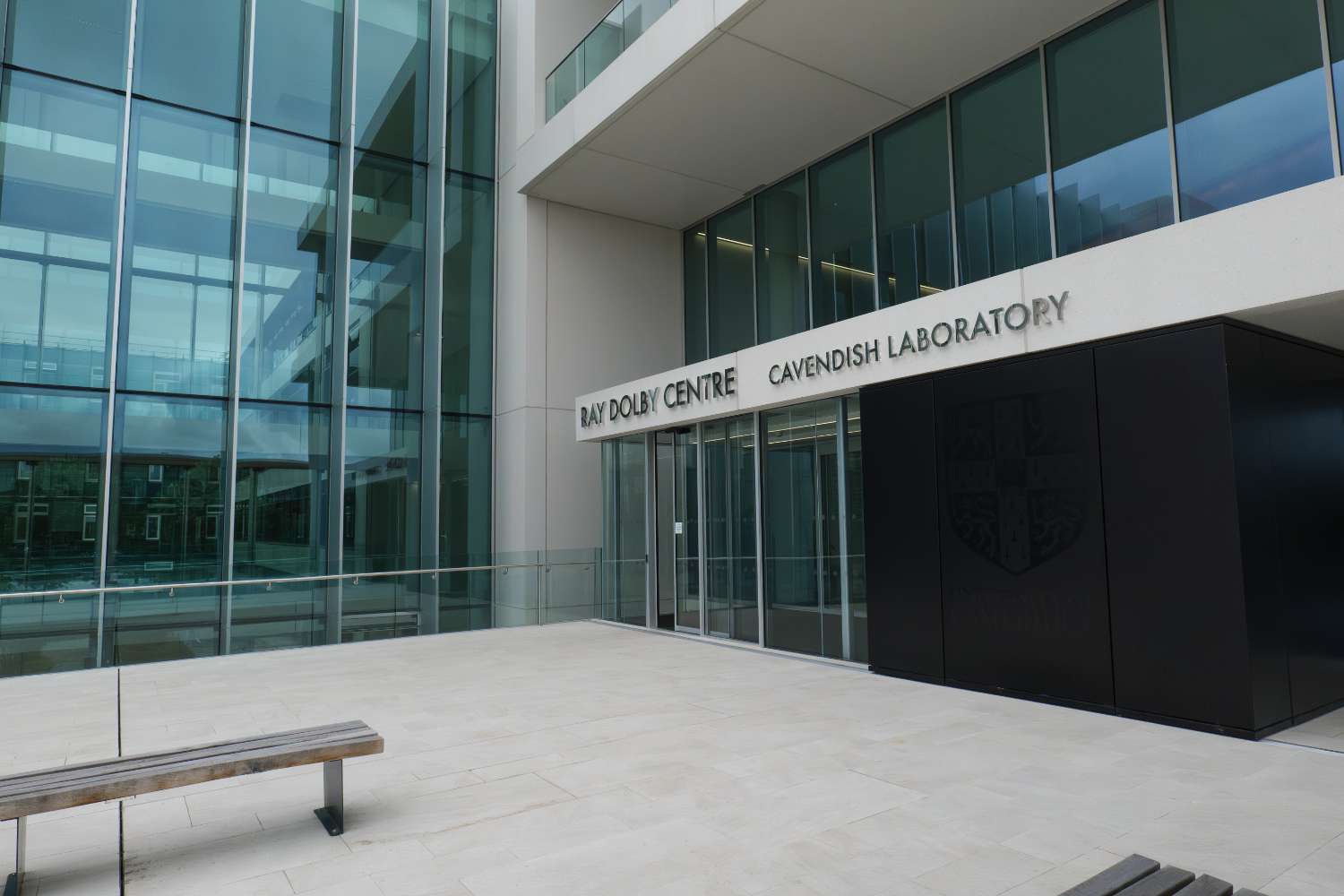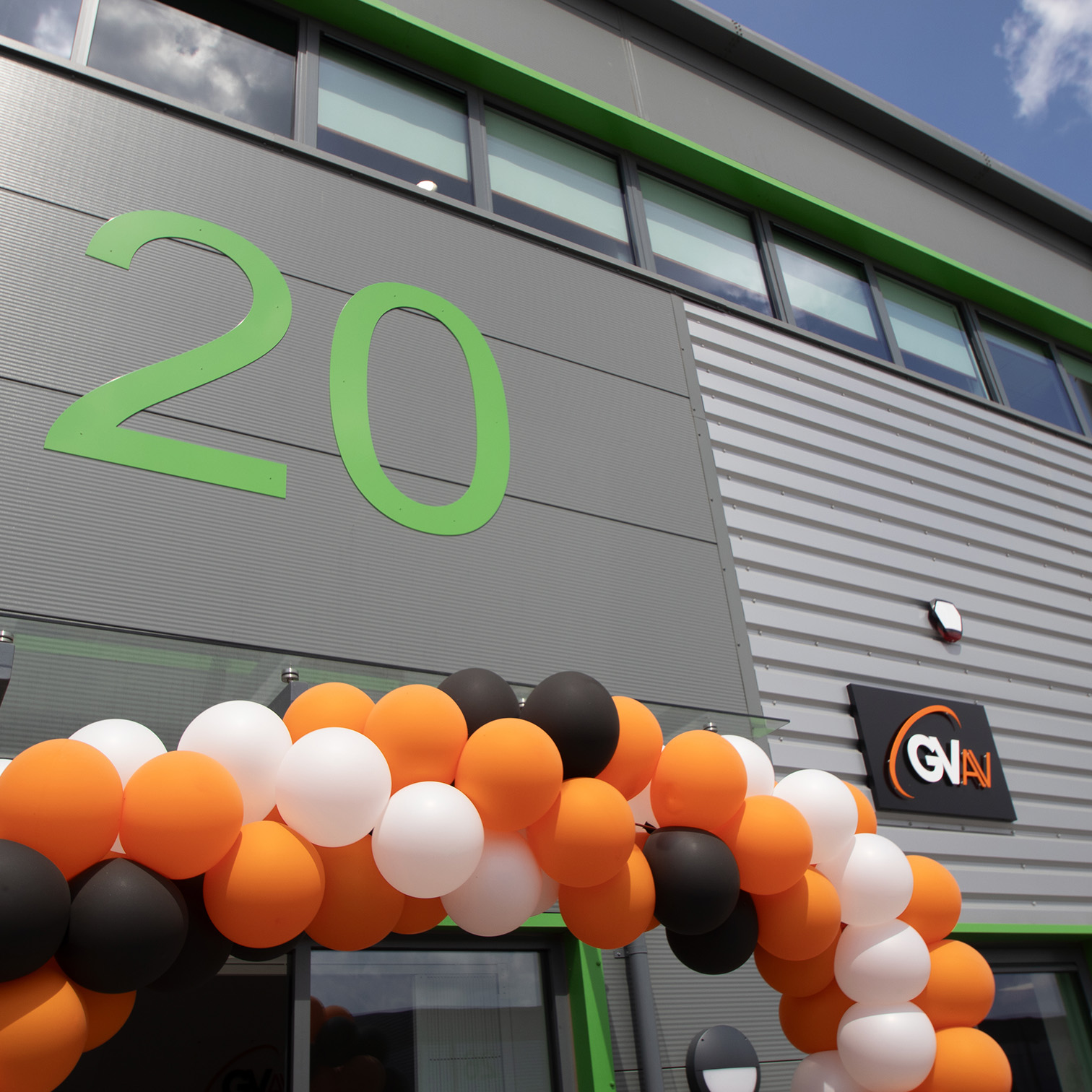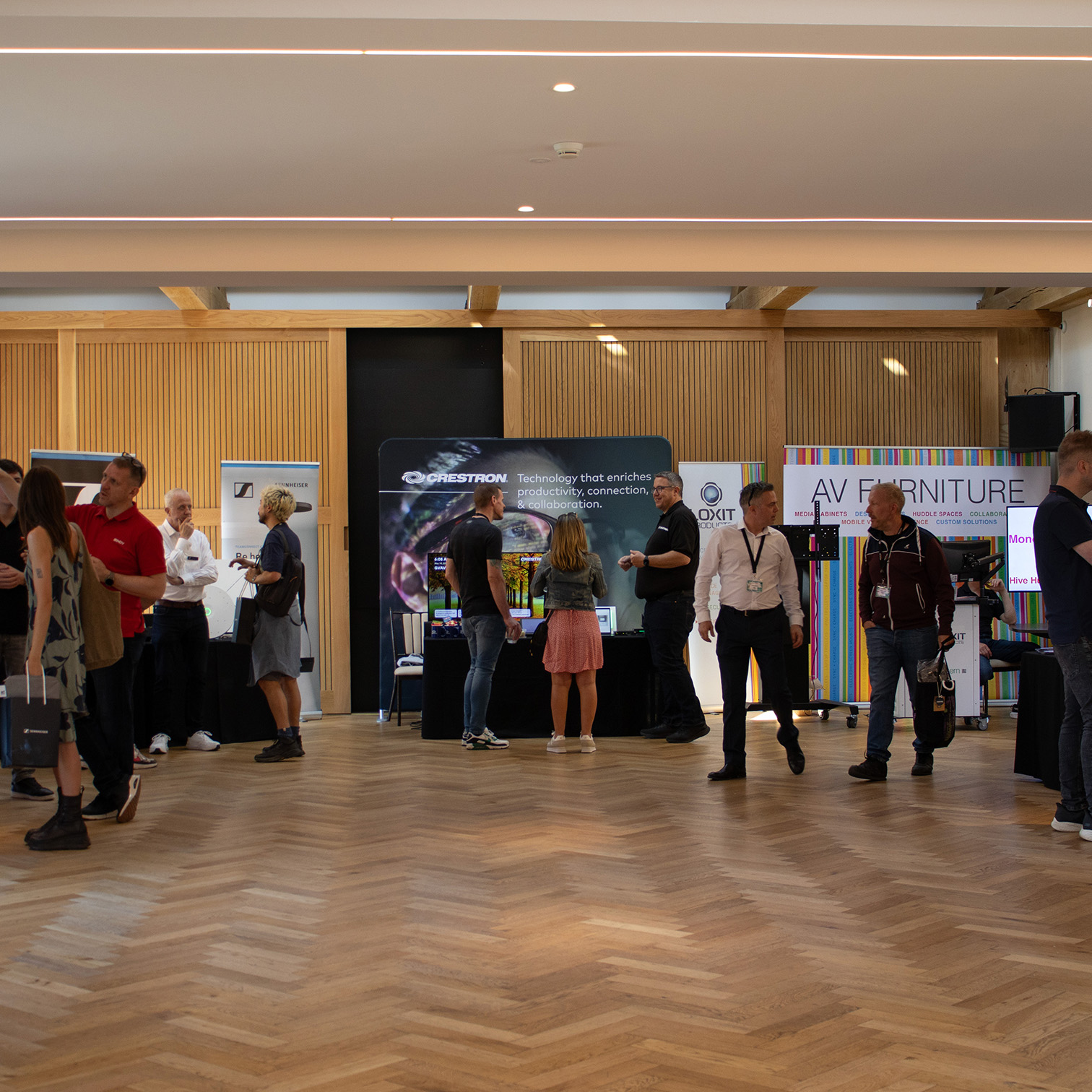The significant investment in the Ray Dolby Centre reflects the University of Cambridge’s continued long-term institutional commitment to pioneering research and teaching. The building’s AV design was expected to uphold the same standard, with the new systems needing to be powerful and future-ready, while retaining a familiar and consistent user experience in line with University of Cambridge standards. Sukh Basi is GVAV’s Group Sales Director “We identified the Ray Dolby Centre as a must win project because of the prestige and heritage of the Cavendish Laboratory. As we tendered and competed for the business we immediately started the undertaking with suppliers and vendors to ensure that the best designs and the best products were being identified and chosen for the deployment of this project.”
This ambitious project was delivered over a two-year period, with GVAV working closely with the University from specification through to final commissioning and support. GVAV engaged early with the University’s internal AV, IT and Estates teams, as well as the main contractor and other trades. This collaborative design process meant that the new systems could meet the client’s exacting technical and pedagogical standards, while architectural considerations could be made early for required power and data provisions.
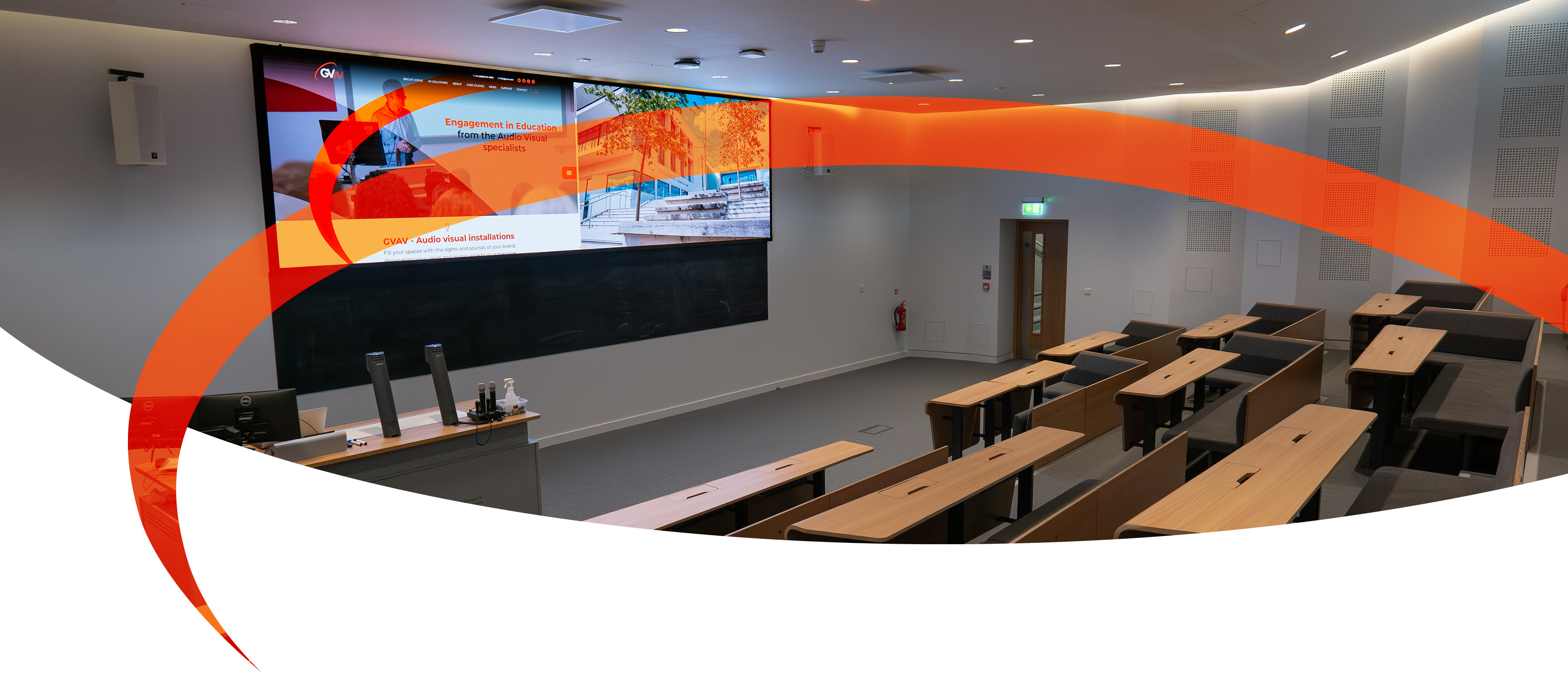
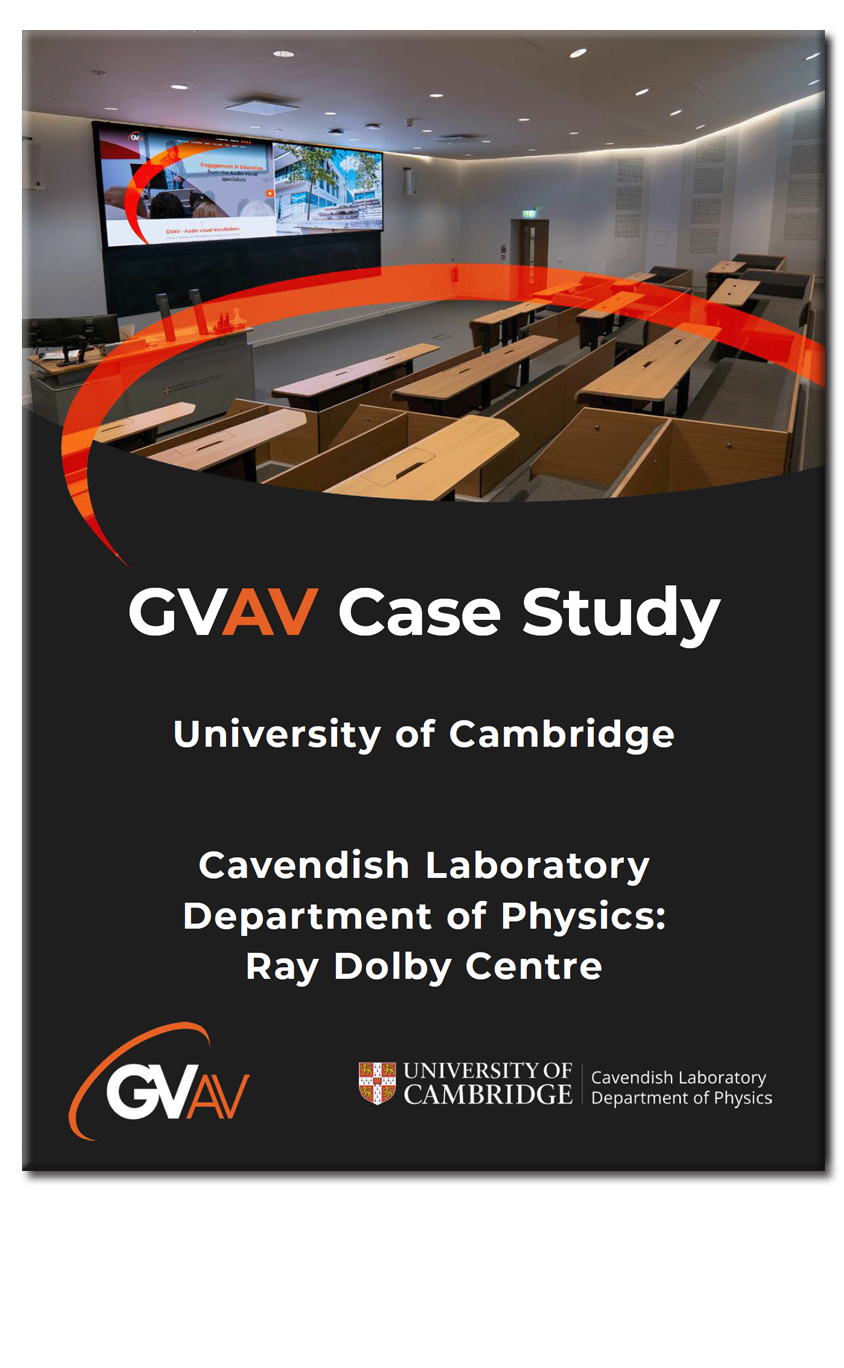
.jpg)

.jpg)
.jpg)
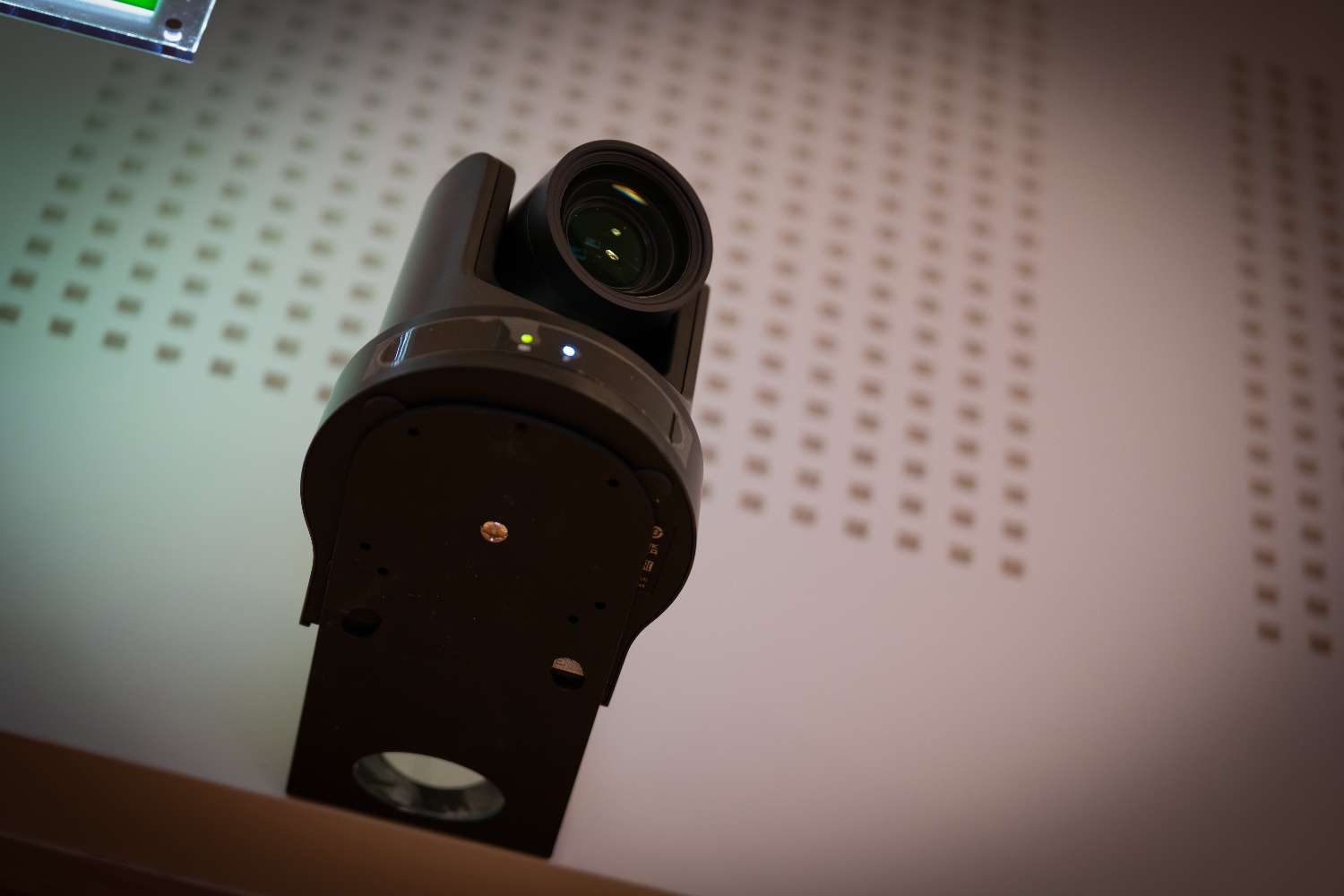
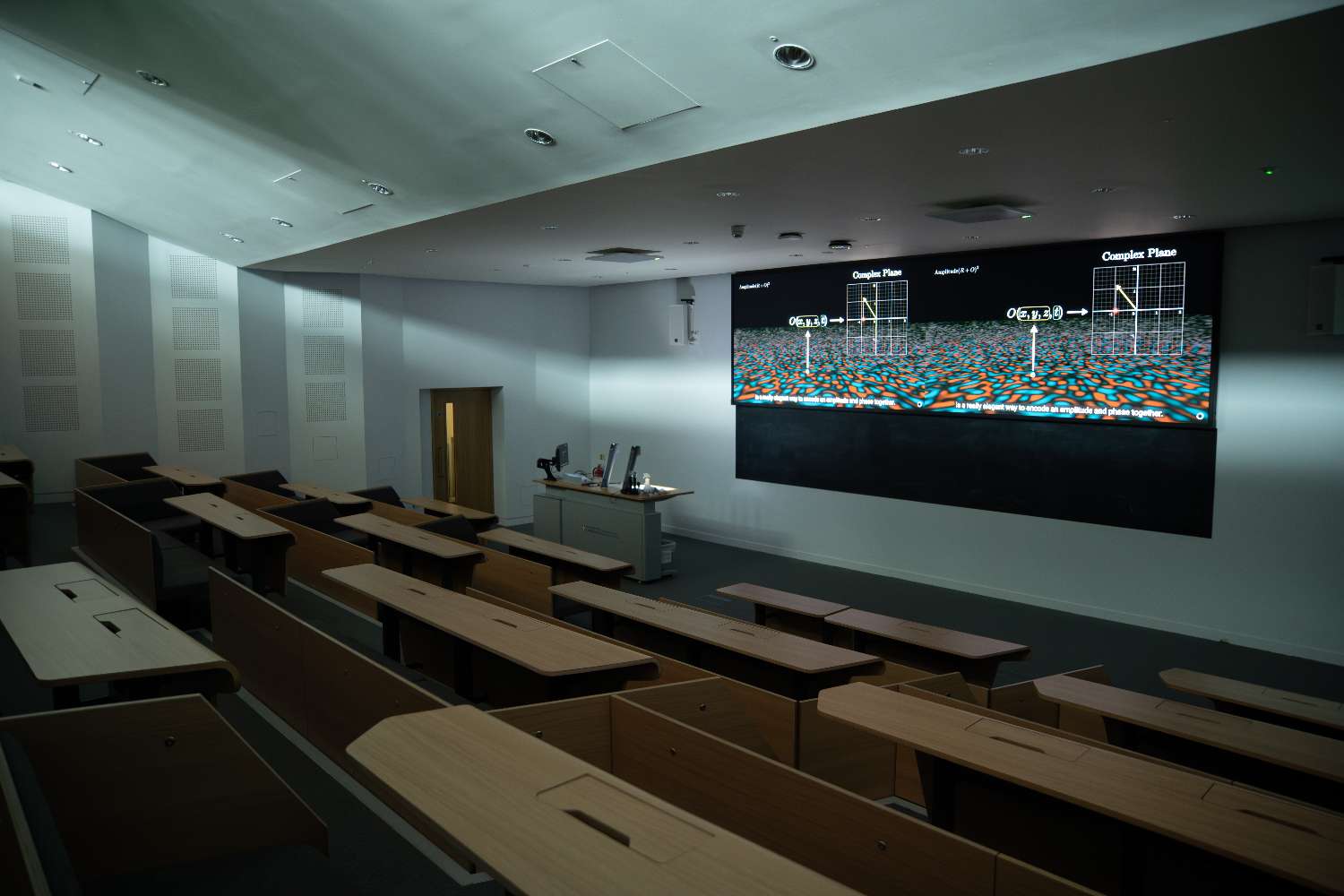
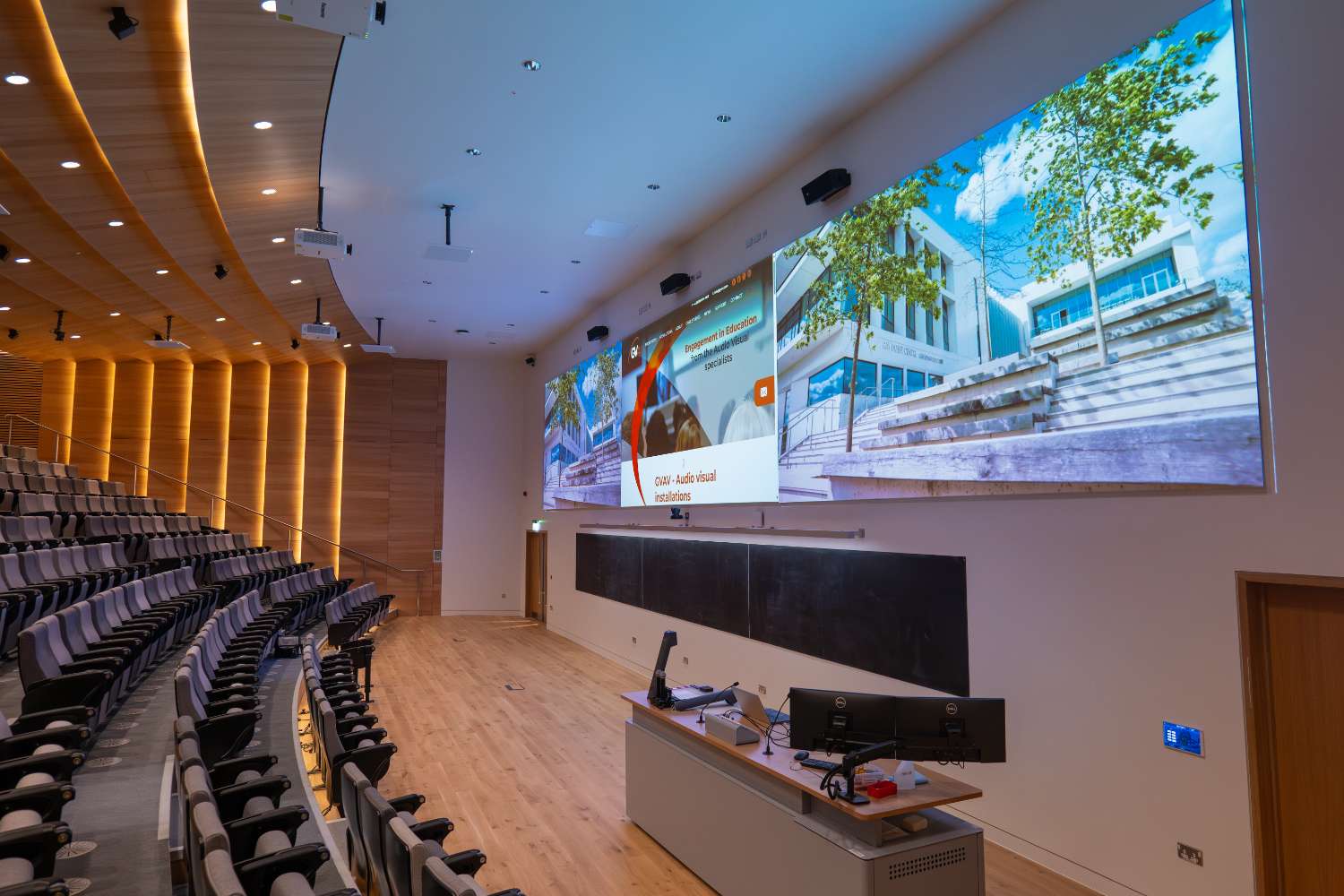
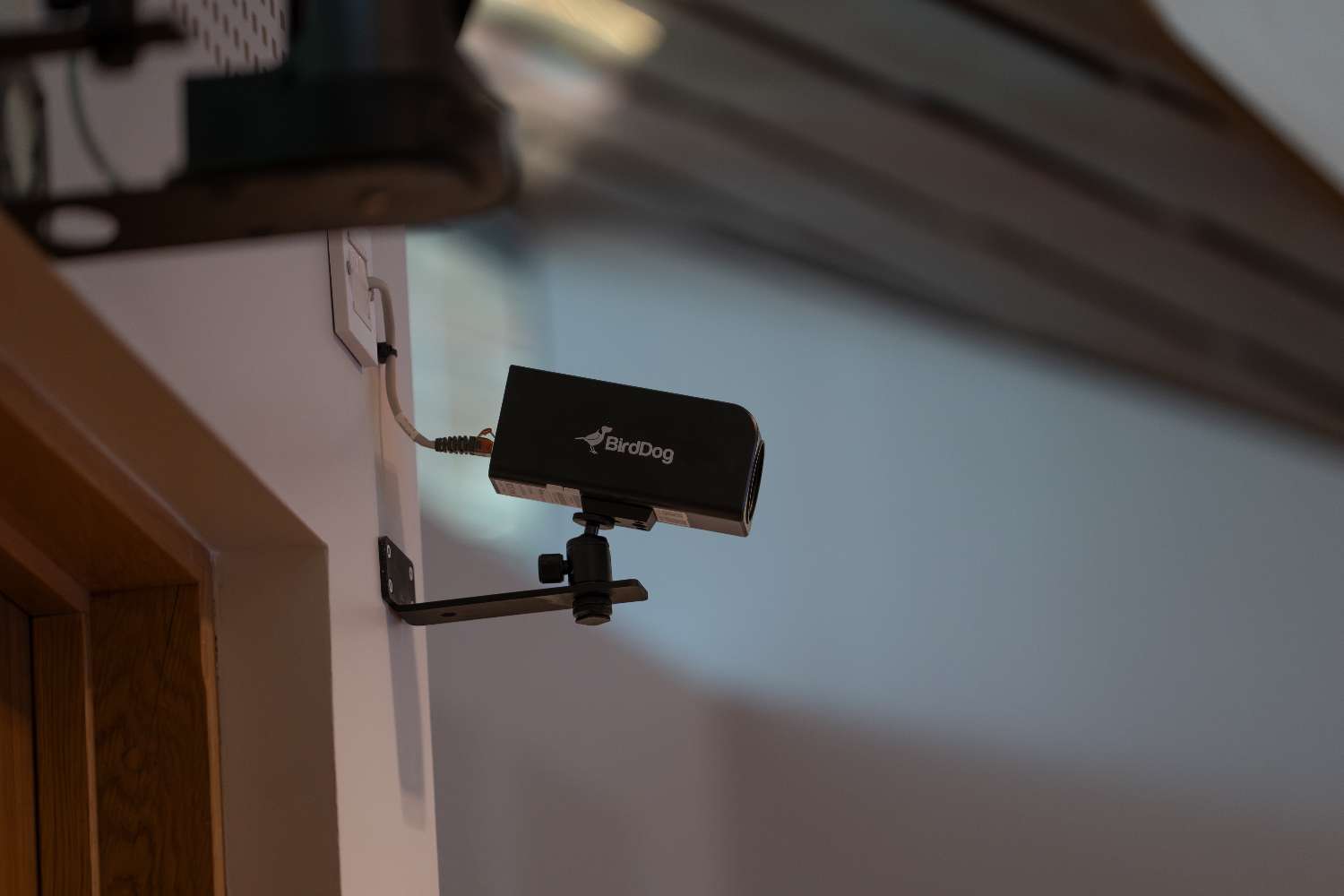
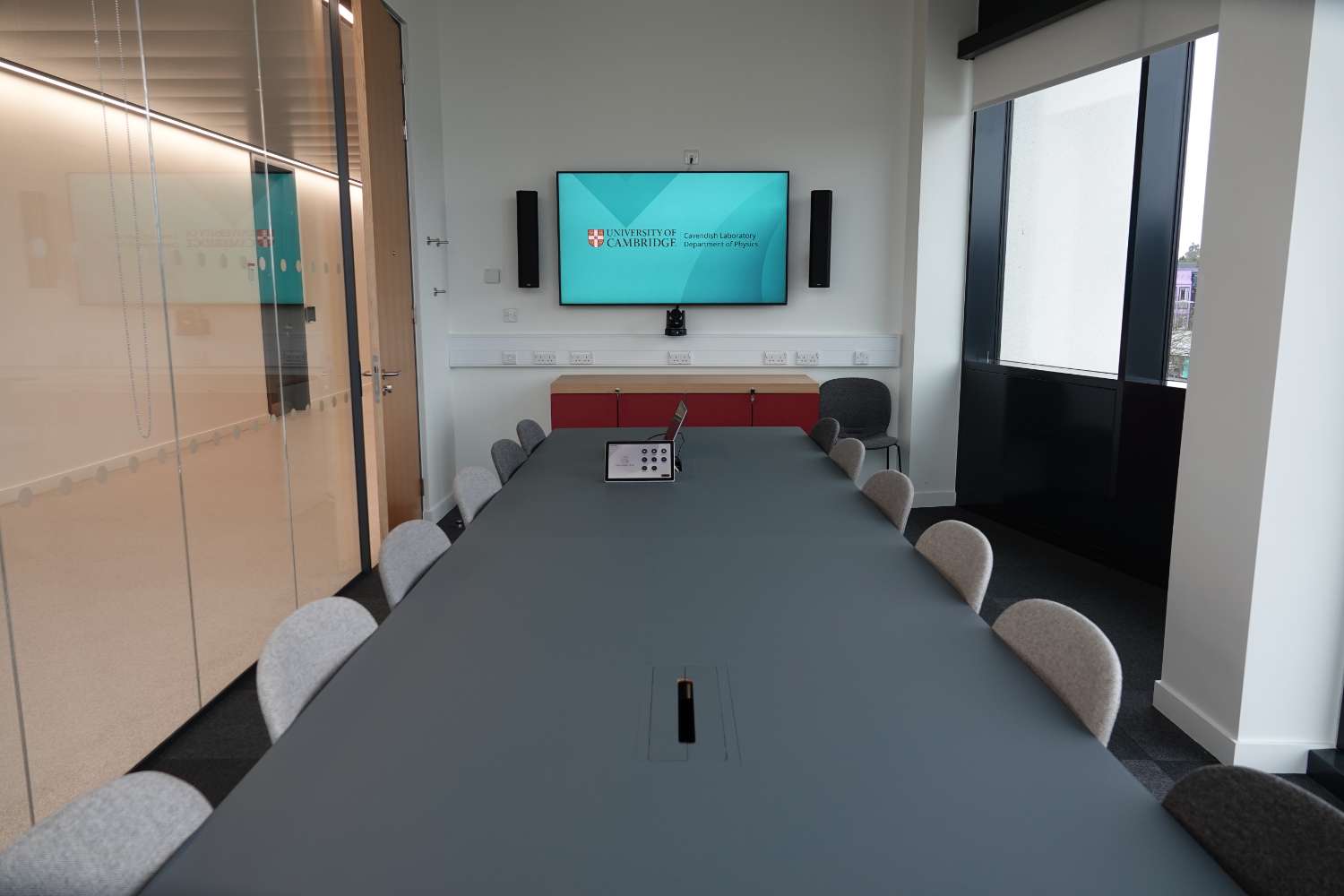
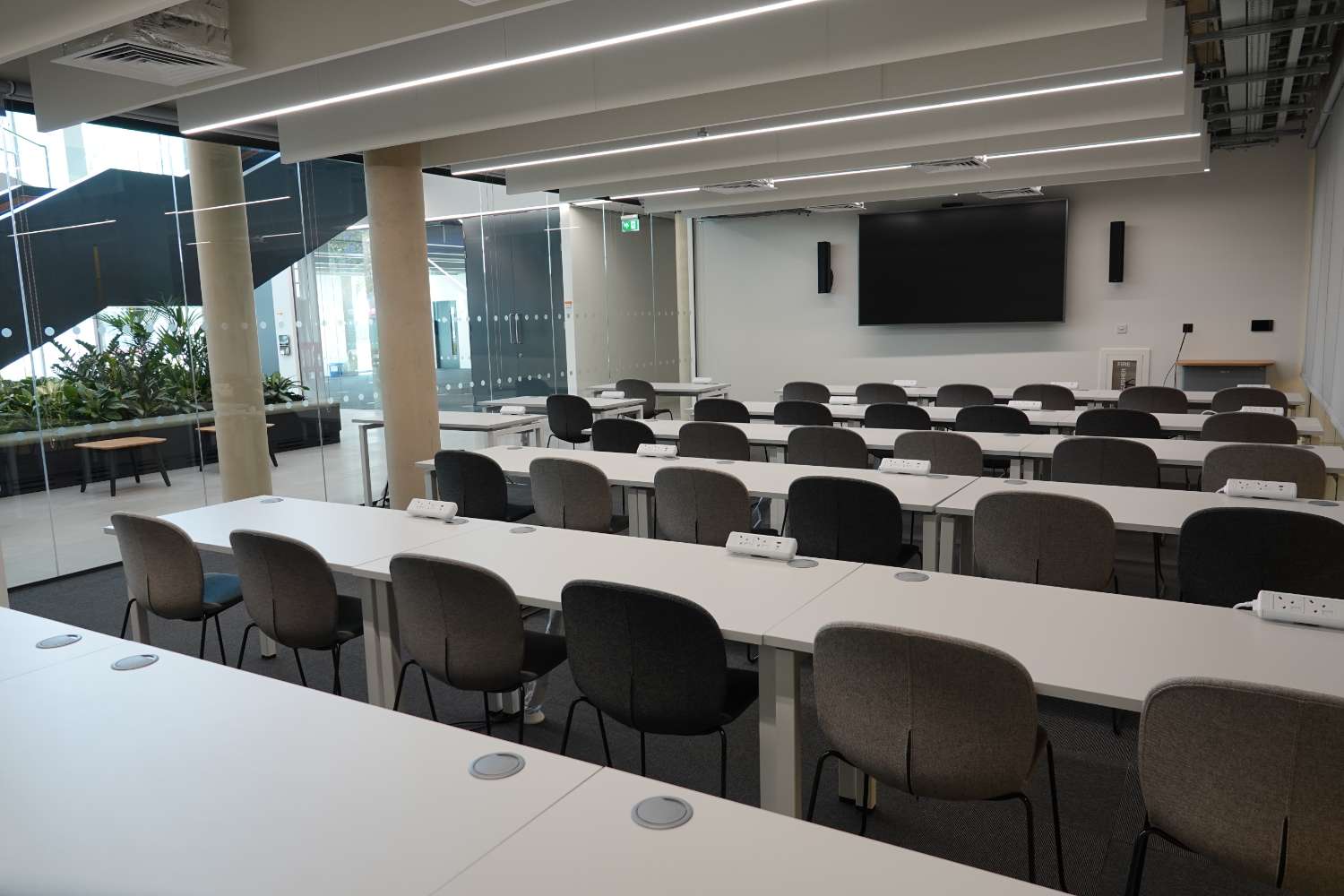
.JPG)
